The golden hour—the critical window that determines life or death—is never long, especially on a battlefield where artillery shells rain down. As part of the 2025 Freedom Shield (FS) exercise, the ROK-U.S. Joint Mass Casualty Training (MASCAL) was conducted under battlefield-like conditions. This exercise simulated a high-intensity medical operation aimed at saving as many comrades as possible.
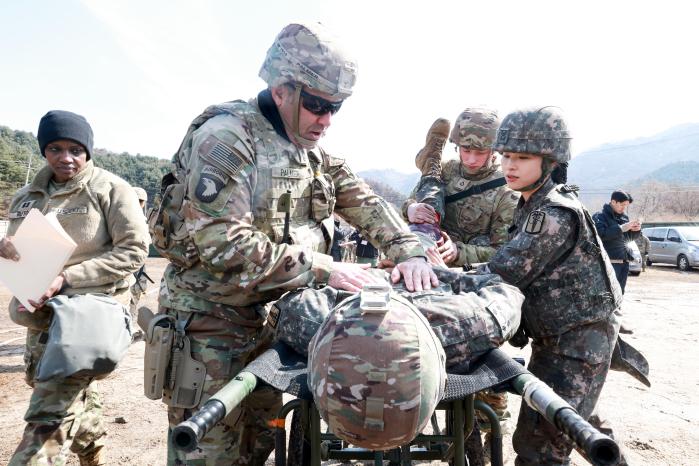
At 9:20 a.m. on Monday, the piercing sound of sirens echoed across Watkins Training Area in Pocheon, South Korea, filling the atmosphere with tension.
“Mass casualties reported! Begin triage!” With this urgent call, ambulances carrying wounded soldiers began arriving at the field hospital one after another.
The exercise simulated a scenario in which a large-scale enemy attack resulted in mass casualties among Allied forces. The mission was clear: save every possible life; every second counts.
Over 200 ROK and U.S. military personnel participated in the training. The 124-bed field hospital was designed to treat 30 critical patients for up to 72 hours without external support.
Triage began the moment a casualty was placed on a stretcher. At the external triage area, wristbands indicating injury severity were attached to patients, enabling swift medical assessment. Patients were then transferred to indoor tented wards, where vital signs such as pulse and blood pressure were monitored before receiving treatment.
For critical patients, CT scans and emergency surgeries were conducted immediately. The field hospital was equipped with surgical kits and intensive care simulation systems, ensuring real-time emergency medical response.

However, not all patients could be fully treated on-site. Some severely wounded individuals were transferred to higher-level medical facilities. In a real-time medical network check, ROK Armed Forces Medical Command hospitals, including Pocheon Military Hospital, Chuncheon Hospital, and Hongcheon Hospital, coordinated their available bed capacities to accommodate incoming patients.
The command and control center continuously monitored patient statuses and adjusted medical resource distribution, optimizing personnel and supplies based on time constraints and patient conditions.
Colonel Edgar Arroyo, Commander of the U.S. 65th Medical Brigade, praised the close collaboration between ROK and U.S. forces, emphasizing that the exercise validated the effectiveness of wartime medical operations and reinforced the ROK-U.S. alliance’s combined readiness.
Sergeant Cho Min Sun, a ROK-U.S. Joint Operations Officer, reflected on the seamless coordination between the two forces, stating, “The entire operation was driven by our shared commitment to saving even one more patient.”
Moving forward, ROK and U.S. forces plan to continue improving survival rates by securing the golden hour and developing an advanced joint medical system.


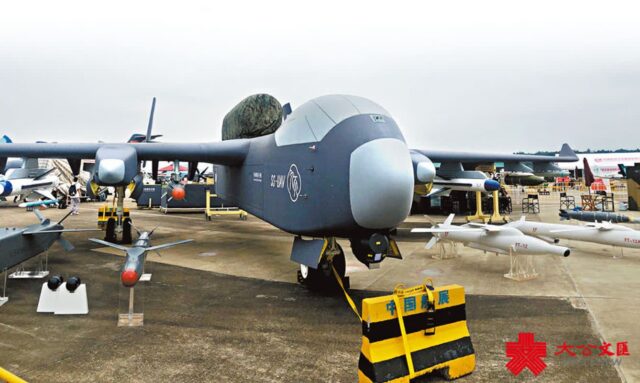
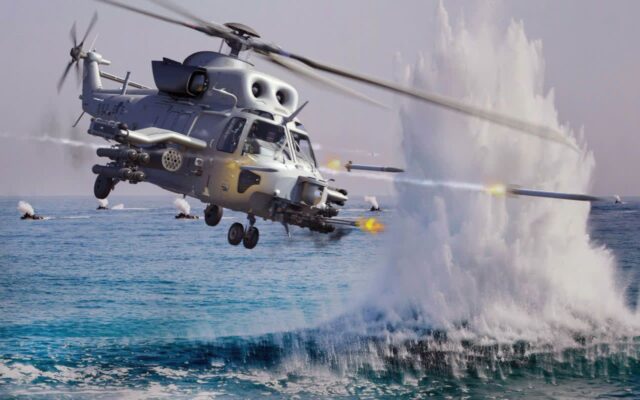
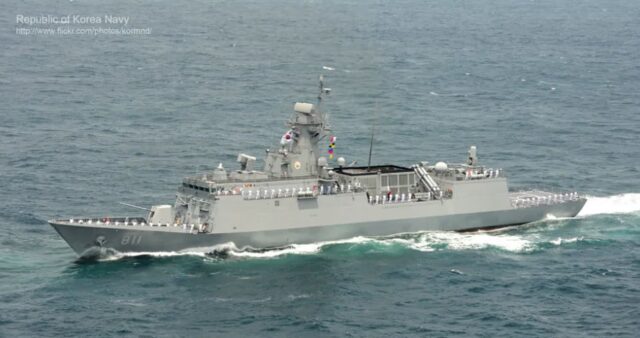





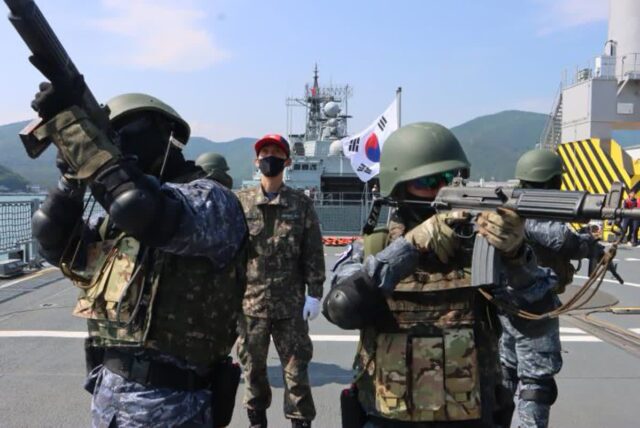



Comments0